
Doidae is a small family of Lepidoptera with an exclusively New World distribution, with species occurring in Central America, the south-western United States, and northern South America.

Cisthene is a genus of lichen moths in the family Erebidae. The genus was erected by Francis Walker in 1854.

Euchaetes is a genus of moths in the family Erebidae. It was described by Thaddeus William Harris in 1841.

Talara is a genus of lichen moths in the family Erebidae. There are more than 40 described species in Talara, found in Central and South America.

Virbia is a genus of tiger moths in the family Erebidae. The genus was erected by Francis Walker in 1854.

Xubida is a genus of moths of the family Crambidae.
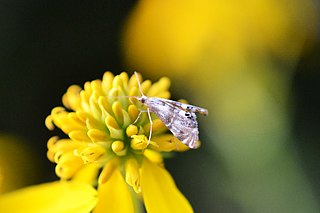
Petrophila is a genus of moths of the family Crambidae. The genus was described by Lansdown Guilding in 1830.
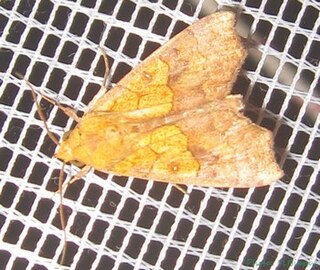
Anomis is a genus of moths in the family Erebidae.

Bagisara is a genus of moths of the monotypic subfamily Bagisarinae of the family Noctuidae. It is found mainly in North America and the Amazon rainforest.
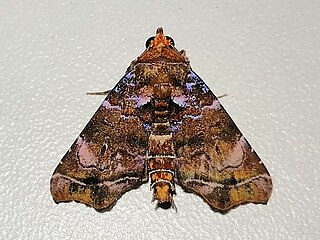
Cecharismena is a genus of moths in the family Erebidae. The genus was erected by Möschler in 1890.
Hydroeciodes is a genus of moths of the family Noctuidae.

Orthodes is a genus of moths of the family Noctuidae.
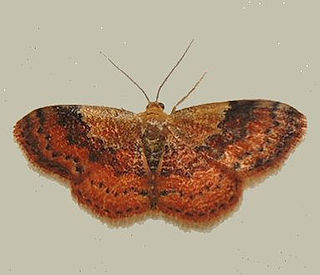
Leptostales is a genus of moths in the family Geometridae.

The Chrysauginae are a subfamily of snout moths. They are primarily Neotropical and include about 400 described species.
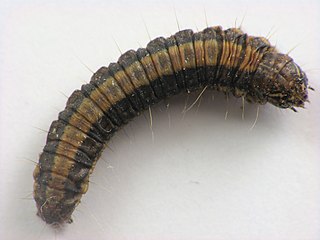
The Epipaschiinae are a subfamily of snout moths. More than 720 species are known today, which are found mainly in the tropics and subtropics. Some occur in temperate regions, but the subfamily is apparently completely absent from Europe, at least as native species. A few Epipaschiinae are crop pests that may occasionally become economically significant.
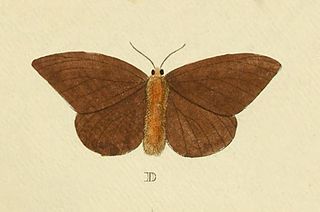
Hylesia is a genus of moths in the family Saturniidae. The genus was erected by Jacob Hübner in 1820.
Givira is a genus of moths in the family Cossidae.

Acraga is a genus of moths of the family Dalceridae. The genus has neotropical distribution.
Coamorpha innoxia is a species of moths in the family Megalopygidae. It is found in Costa Rica.

Lacosoma is a genus of sack-bearer moths in the family Mimallonidae. There are at least 30 described species in Lacosoma.















